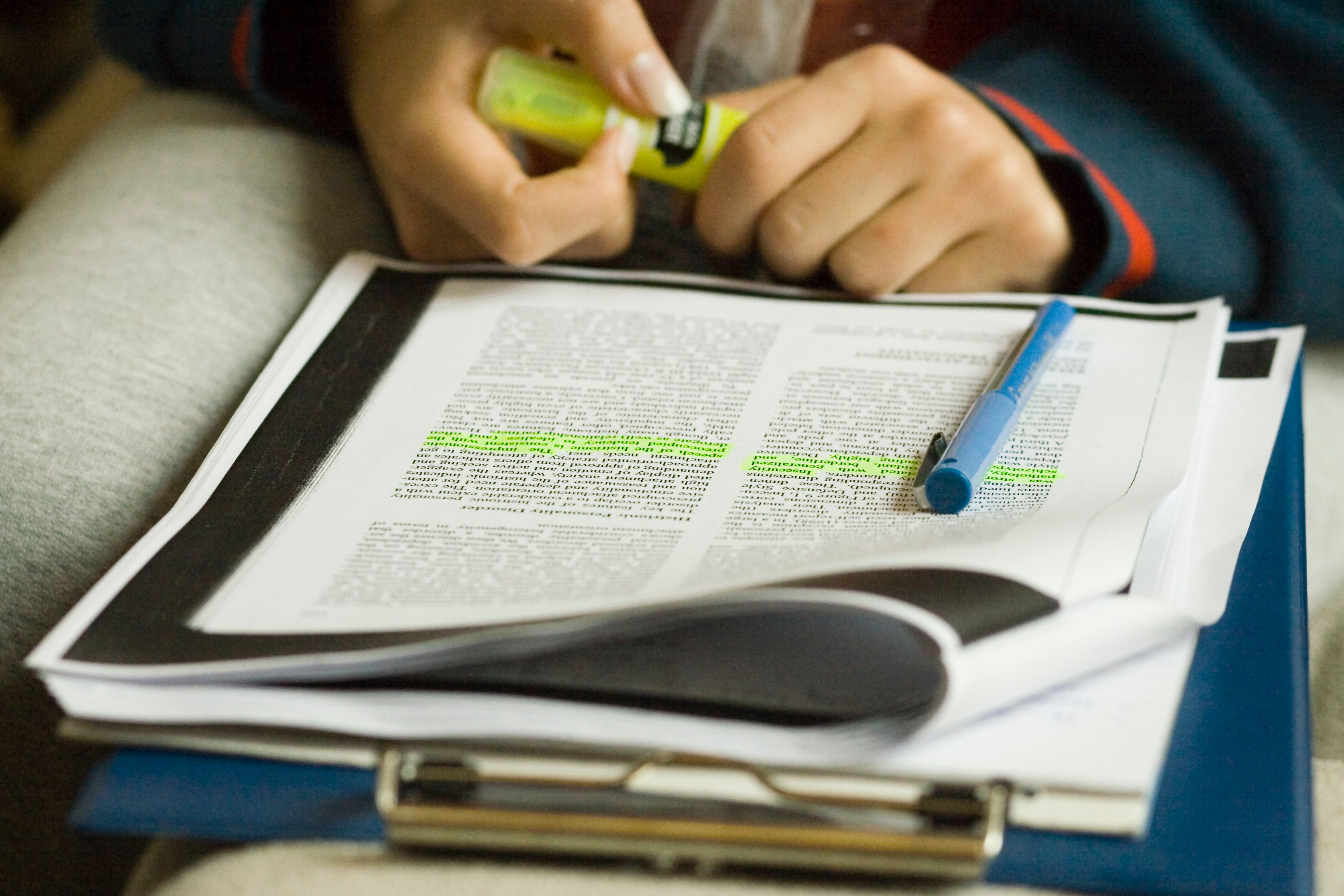Modern Education: The Era of Open Book Learning
The Evolution of Learning: Open Book Education
In recent years, the educational landscape has undergone a significant transformation. One of the most notable shifts has been the move towards open book learning. This approach challenges traditional methods, offering students the ability to access resources during exams and assignments. The concept is gaining traction in modern education, shaping the way students learn and apply knowledge.

Understanding Open Book Learning
Open book learning emphasizes understanding over memorization. Instead of relying solely on rote learning, students are encouraged to explore resources, analyze information, and develop a deeper comprehension of the subject matter. This method aligns more closely with real-world scenarios where resources are readily available, and critical thinking is essential.
The primary goal of open book learning is to foster an environment where students can actively engage with their materials. By allowing access to textbooks, notes, and other resources, learners are better equipped to understand complex concepts and apply them effectively.
The Benefits of Open Book Exams
Open book exams have several advantages that make them an appealing choice for educators and students alike. Among these benefits are:
- Reduced Anxiety: Students often experience less stress when they know they can refer to their notes, allowing them to focus on understanding rather than memorizing.
- Enhanced Critical Thinking: With resources at their disposal, students are challenged to synthesize information and develop well-reasoned arguments.
- Real-World Application: Open book exams mirror real-life situations where individuals often have access to information while making decisions.

Challenges and Considerations
While open book learning presents numerous benefits, it also comes with its own set of challenges. Educators must carefully design assessments that test a student's understanding rather than their ability to locate information quickly. This requires a shift in how exams are structured and graded.
Additionally, there's a need to ensure that students have equitable access to resources. In some cases, disparities in available materials can lead to an uneven playing field. Addressing these issues is crucial for the successful implementation of open book learning across different educational settings.
Implementing Open Book Learning in Schools
The transition to open book learning requires thoughtful planning and execution. Schools can start by training educators to create assessments that measure critical thinking skills. Incorporating technology can also aid in this process, providing students with digital resources that enhance their learning experience.

Moreover, fostering a culture that values understanding over memorization is essential. By encouraging curiosity and exploration, educators can inspire students to take ownership of their learning journey.
The Future of Education
As open book learning continues to gain popularity, it represents a broader shift towards more dynamic and versatile educational models. The future of education is likely to be one that embraces flexibility, encourages critical thinking, and prioritizes meaningful learning experiences over traditional methods.
Ultimately, open book learning is not just a trend but a reflection of modern educational priorities. By embracing this approach, we can prepare students not just for exams but for the complexities of life beyond the classroom.